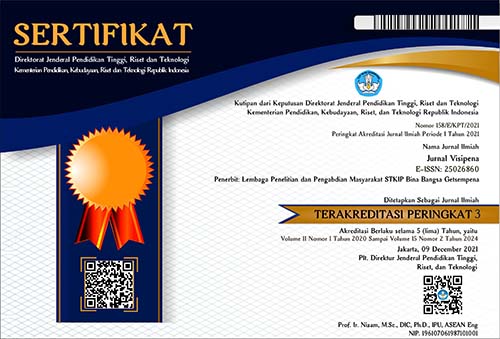INTEGRATING GEOSPATIAL TECHNOLOGIES IN THE SECONDARY MATHEMATICS CLASSROOM
Abstract
Geospatial technology refers to technology used for visualization, measurement, and analysis of phenomena that occur on the earth. Since features or phenomena that occur on earth relate to mathematical concepts, geospatial technologies have great potential to enhance mathematical learning activities. It is clear that spatial ability is very important in order to succeed in learning mathematics. Geospatial technologies such as Google Earth can facilitate students in enhancing spatial thinking. Moreover Integrating geospatial technology will facilitate learners in making the connection between mathematical concepts and the real world. Finally, the integration will enhance students’ ability in making connections between mathematical concept and their other courses. The integration will face some possible barriers such as limited availability of software and hardware and insufficient ability of the teachers.
Downloads
References
Broda, H. & Baxter, R. (2003).Using GIS and GPS Technology as an Instructional Tool. The Social Studies, 94 (4),158-160.
Environmental Systems Research Institute. (2006). Exploring Common Ground: The Educational Promise of GIS.
Environmental Systems Research Institute Inc. Retrived from www.esri.com/industries/k-12/download/docs/xcg.pdf
Hegarty, M., & Waller, D. (2004). A dissociation between mental rotation and perspective-taking spatial abilities. Intelligence, 32, 175–191
National Council of Teachers of Mathematics.(2000). Principle and Standards for school mathematics. Reston, VA.
Presmeg, N. (2006). Research on visualization in learning and teaching mathematics. In A. Gutierrez & P. Boero (Eds.), Handbook of research on the psychology of mathematics education: Past, present and future.




















